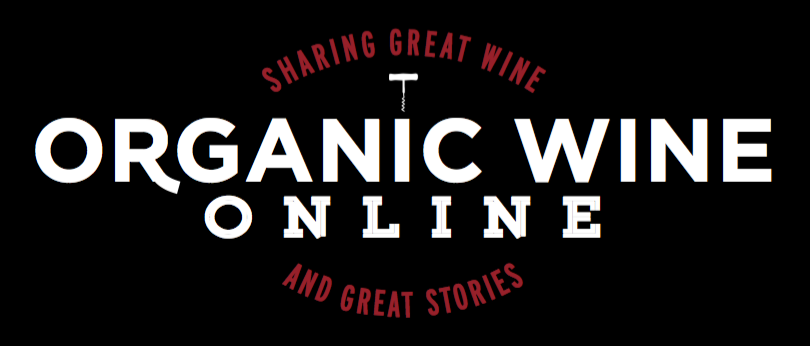Wine cellaring
Traditionally wines were fermented in vessels and barrels, then stored for periods of time to absorb the characters of the oak before being bottled and laid down to further develop. The wines were often made with high acidity and high tannin characters to help them last longer in the bottle. As these characters softened over time the wine developed and mellowed and after a period of careful cellaring the wine was ready to drink.
These days most modern wines are produced to drink almost immediately after they are bottled however many Reds, Chardonnays and Rieslings will benefit from a period of careful cellaring. Reds will soften and the fruit characters will change, Chardonnays lose their acidity and the butter character comes forward and Rieslings can develop honey characters over time.
Ideal cellaring conditions are at a mean temperature of 15 degrees Celsius and relative humidity of 75% with as little variation as possible and no light. Whilst it is not easy to achieve this without a climate controlled cellar or wine storage device wine can be cellared at home simply by placing in a dark cupboard in a cool area of the house.
